November 10, 2023
Popular Traditional Diwali Dishes – 5 Recipes You Must Try at Home in 2023
CM Content Team
Diwali, the festival of lights, is not just about illuminating homes but also about indulging in a variety of traditional Diwali food that brings families together. The celebration is incomplete without preparing and enjoying traditional dishes for Diwali, which are passed down through generations. From Savory snacks to sweet delicacies, these Diwali dishes capture the essence of the festival. Whether you're hosting a Diwali party or simply enjoying the festival at home, these 10 traditional Diwali treats are a must-try to add flavour to your celebrations!
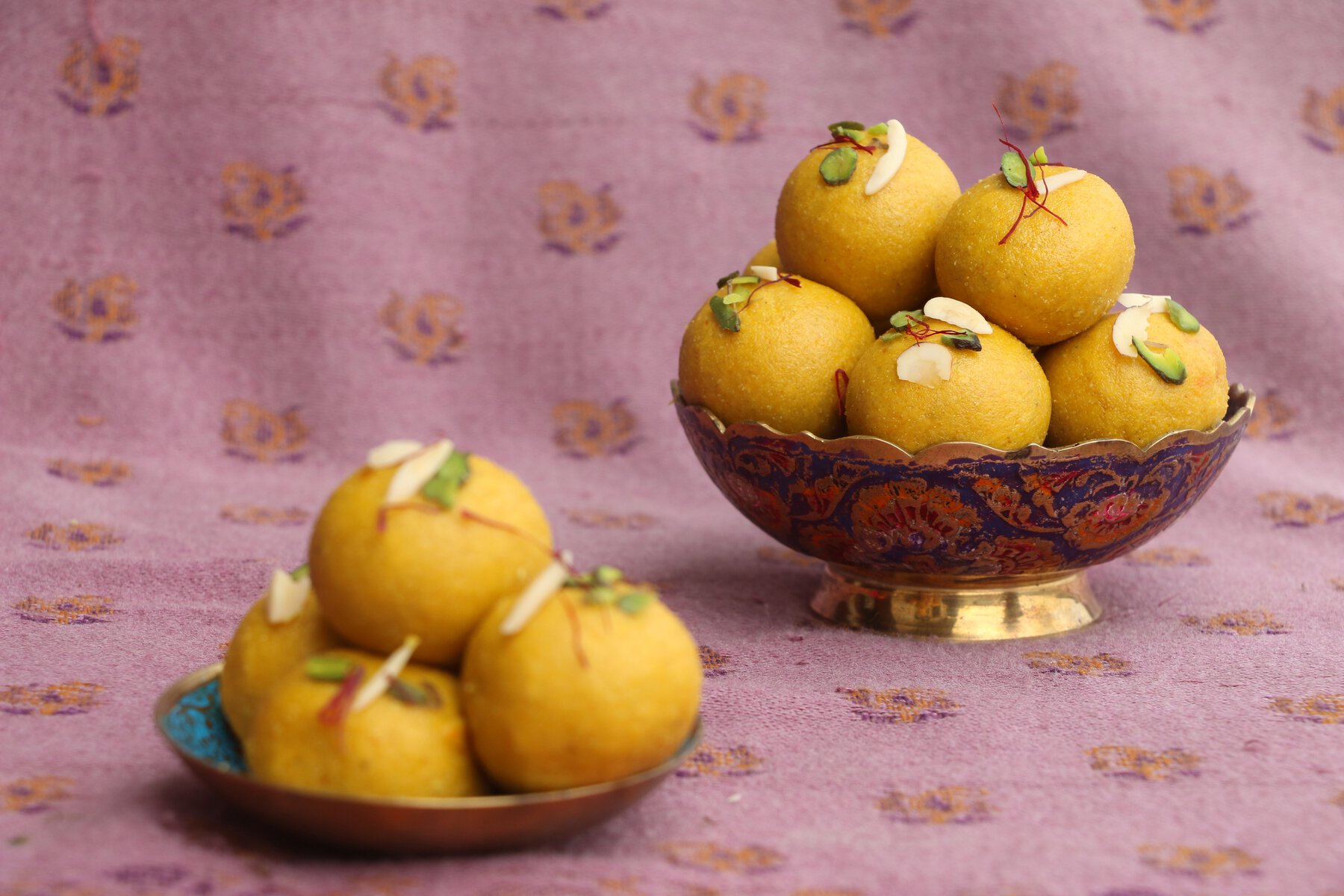
One of the most famous Diwali dishes is ladoo. While some people make Rava ladoo and sweet Boondi ladoo, Besan ladoo has a wide fan base across the country. Soft, sweet, and just amazing in every way, this Diwali delicacy makes the festive occasion sweeter, literally!
Be it children or adults, it is hard from them to stop them from reaching out to the Besan Ladoo jar and stuffing their mouth with one or two ladoos. Easy to make and a crowd pleaser, you must try making these ladoos using this simple recipe.
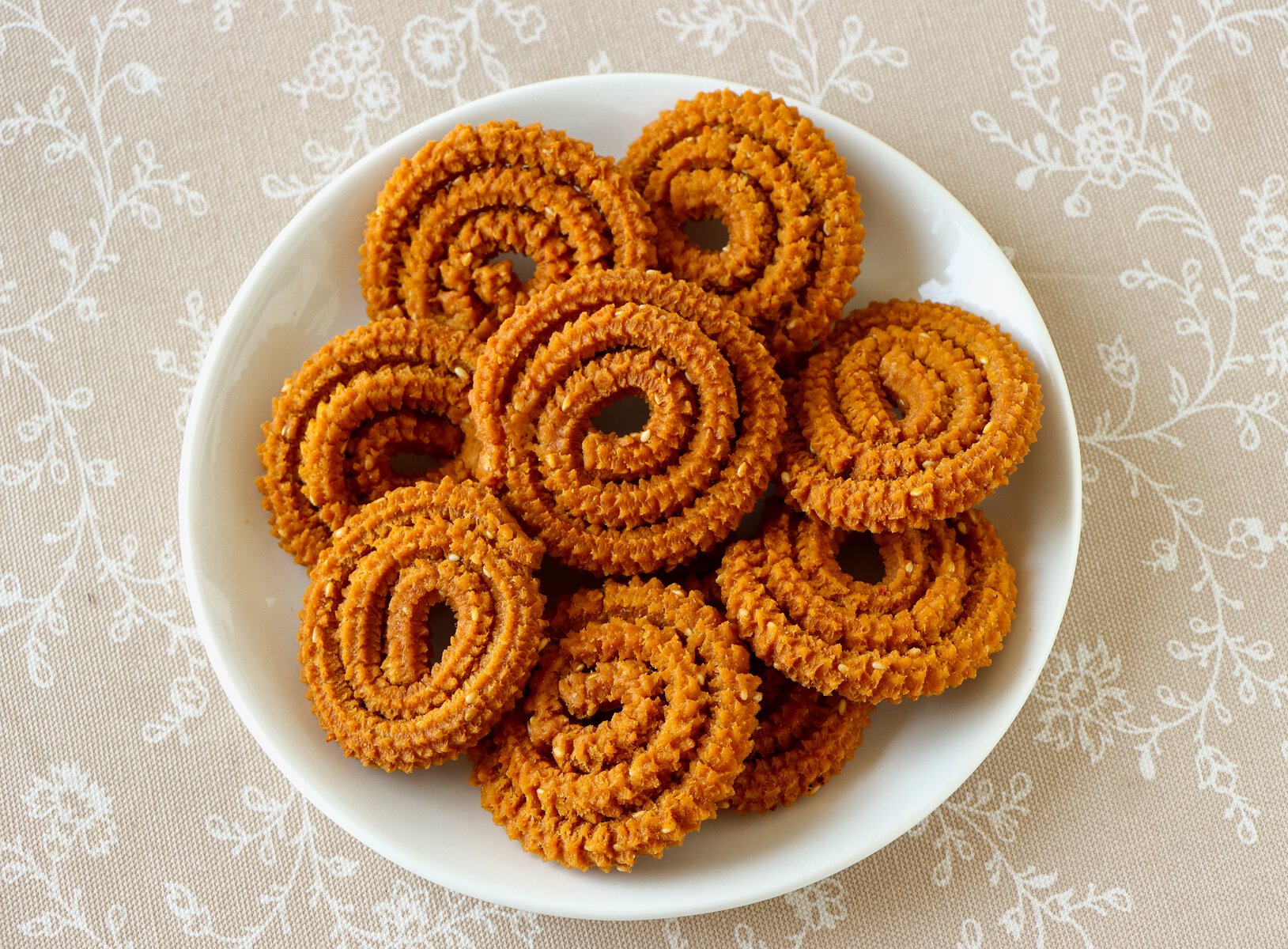
Talking about traditional food during Diwali, you cannot miss mentioning Chakli. In south, Chakli is called Murukku and is made of different ingredients than its counterpart from the north.
Chakli may have different names but one thing is constant – it is utterly delicious and loved by everyone. Crispy, crunchy and totally binge-worthy, you can munch on chaklis anytime of the day. Best part is you can keep them stored in an air-tight container and keep having them as and when you like long after the Diwali festivities are over.
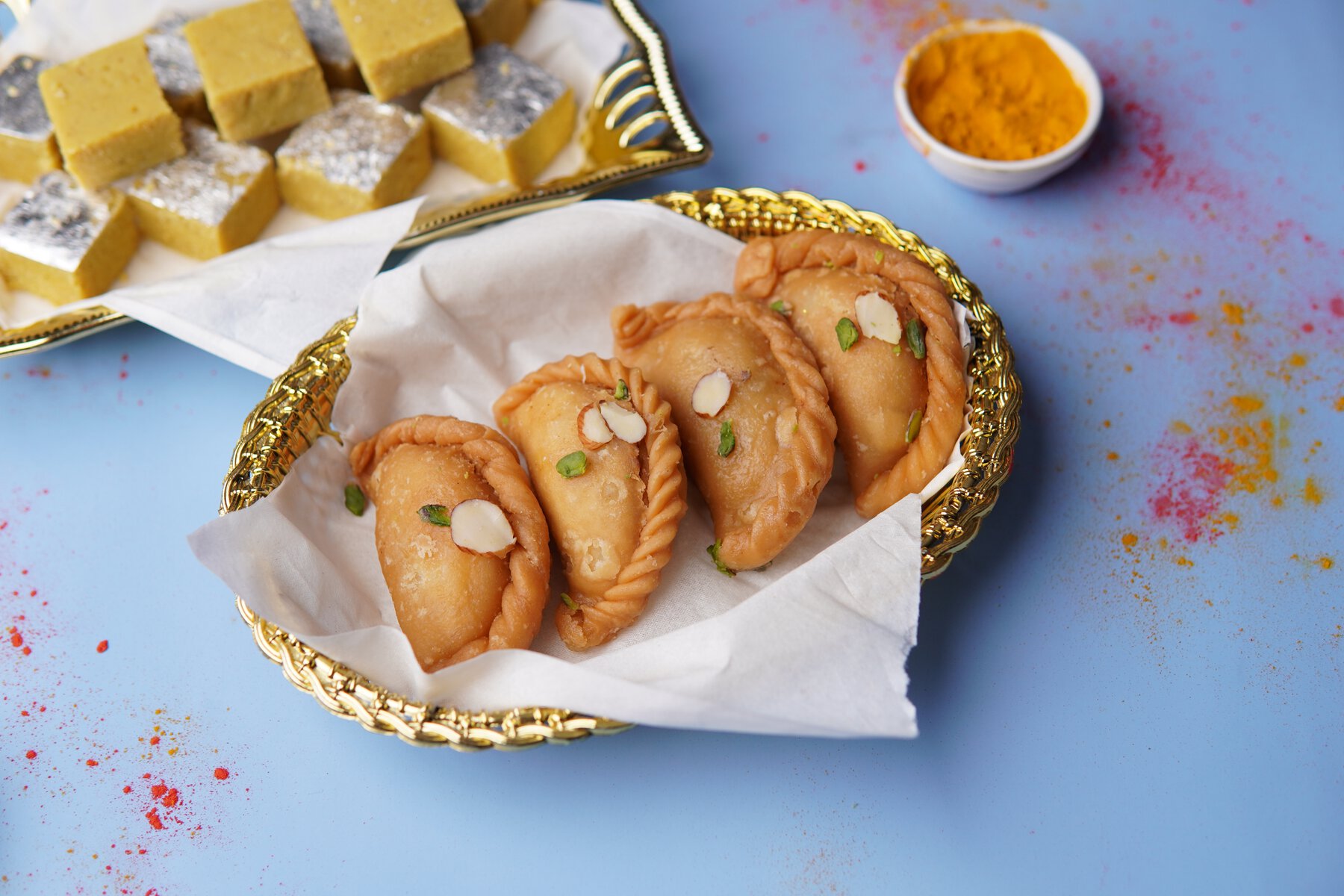
One of the most loved traditional Diwali dishes, it is impossible to think of Diwali without Gujiya. There are literally hundreds of varieties of Gujiyas around India, and all families have their own secret recipe.
Crispy, crunchy, and sweet, Gujiyas are not just any ordinary food, they are love! A binge-worthy snack, you can have a Gujiya anytime of the day, but it is best enjoyed with a cup of tea. Also known as Karanji in certain parts of the country, Gujiyas can have different fillings depending on which part of the country you are in. But they all have one thing in common – they taste absolutely delicious!
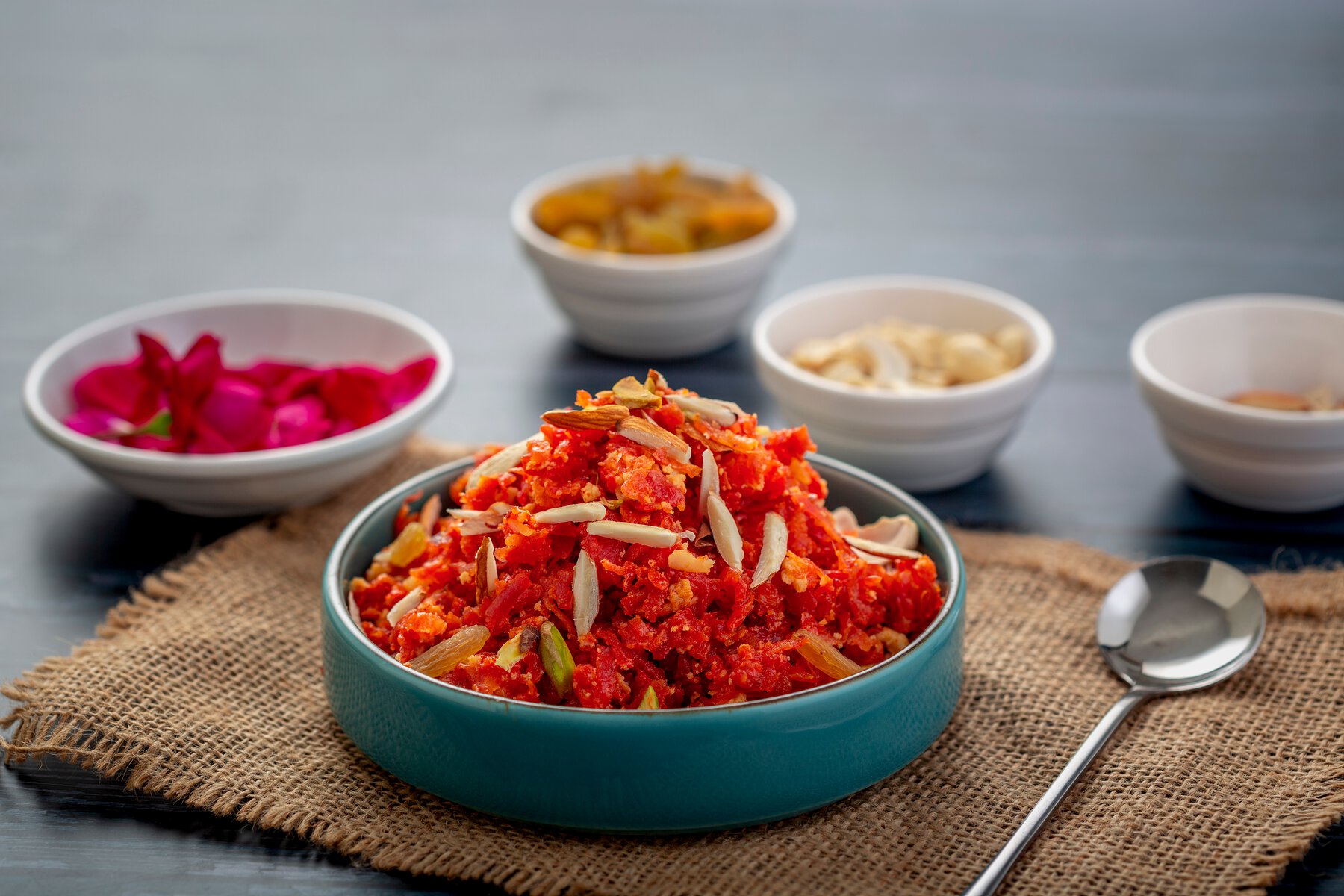
Gajar Ka Halwa may not be the typical traditional Diwali food but on a wintery Diwali evening, a cup of piping hot halwa would feel like a warm hug. Gajar ka Halwa is basically a slow-cooked pudding that is an integral part of the menu during special occasions and festivals.
The dish is easy to make and requires only a few ingredients. Whether you are hosting a party at your place or having a game night, this dish would surely win everyone’s heart and set the mood right and elevate your festive spirits.
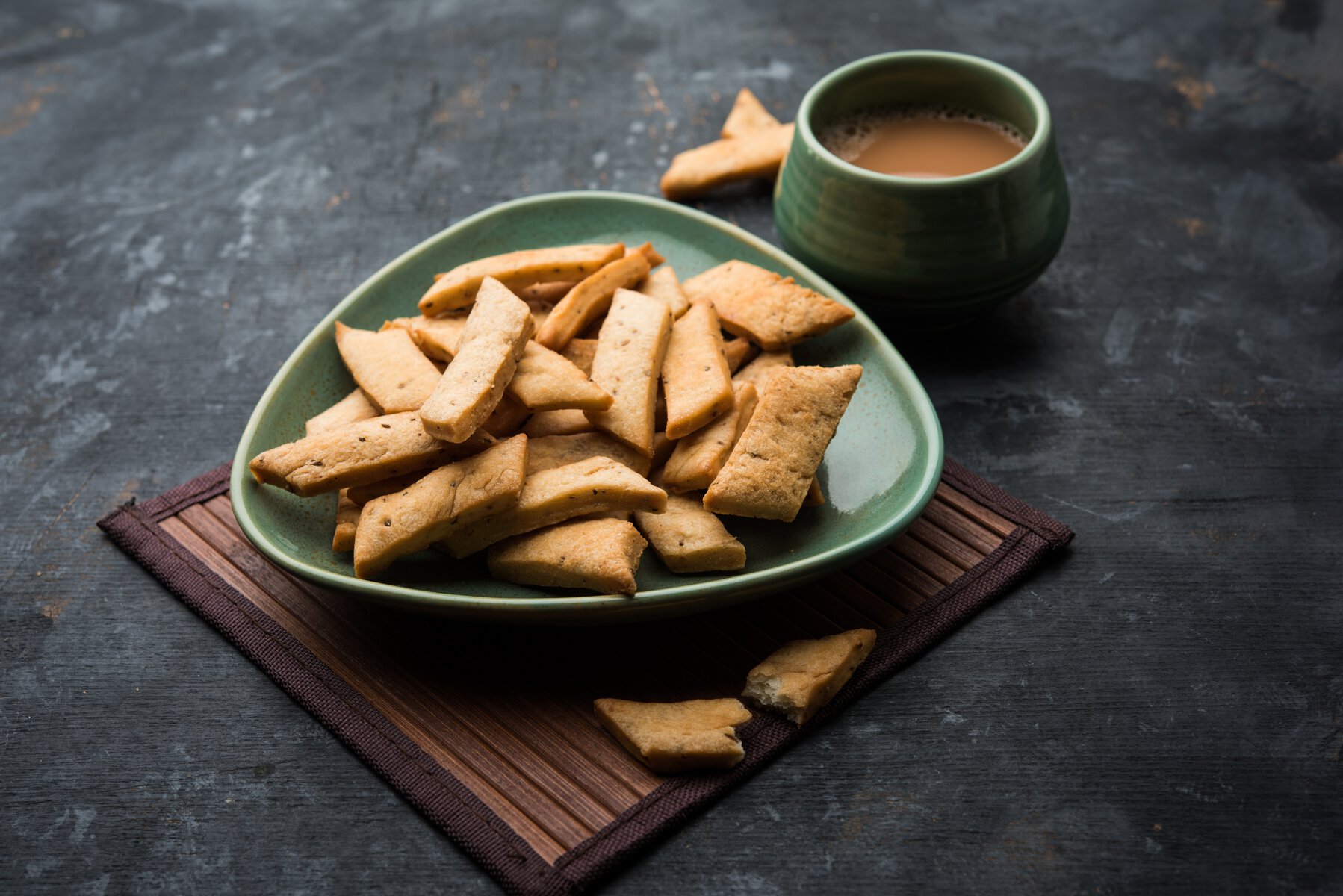
Diwali celebrations are not just about gorging on sweets all day, but also snacking on delicious goodies like Namakpare. It is one of the Diwali traditional dishes that almost every family makes during the festival of lights.
Namakpare is also known as Nimki in certain parts of the country and is a perfect delight to make your teatime better. This binge-worthy snack is easy to make and is perfect to munch during the Diwali game nights.
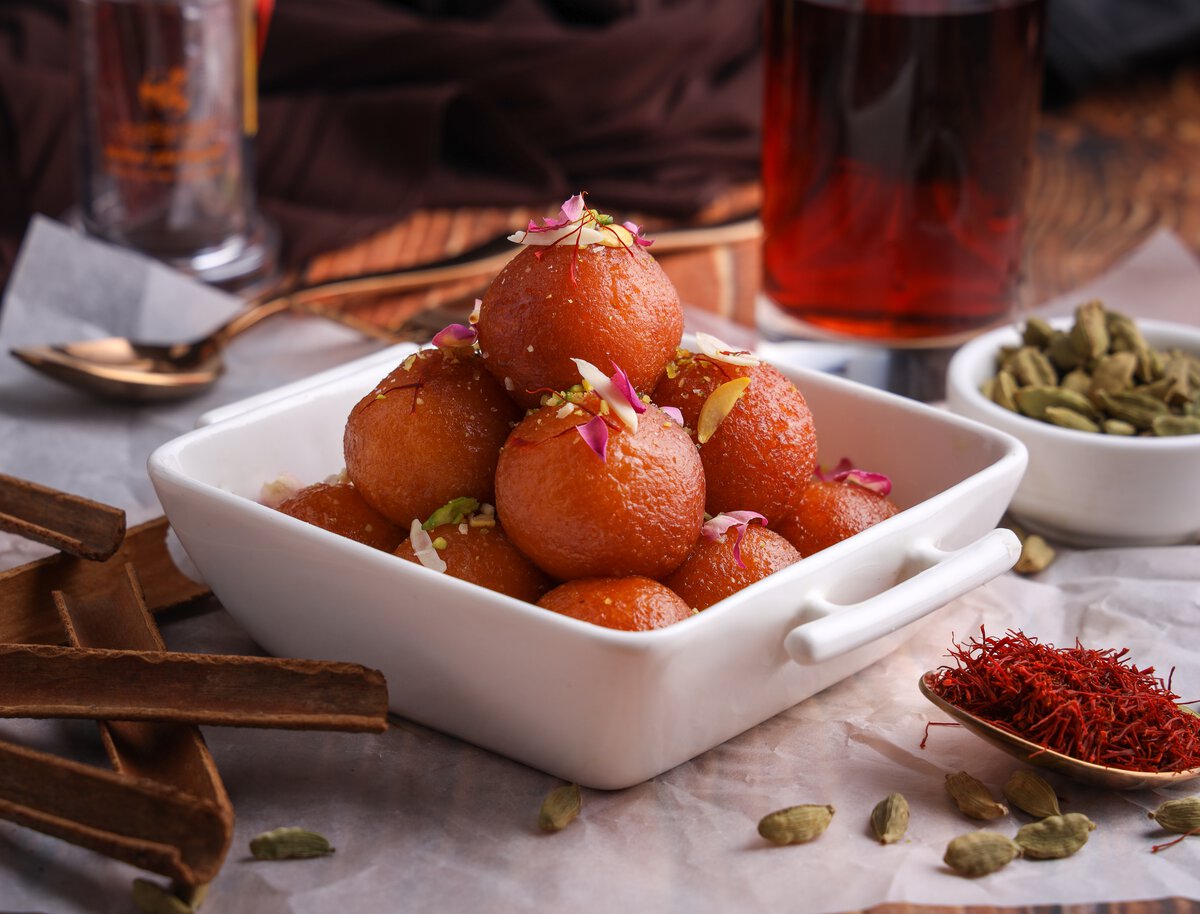
Gulab Jamun is one of the most cherished traditional Diwali treats. These soft, melt-in-your-mouth dumplings, made from khoya and soaked in sugar syrup, are a must-have dessert during Diwali. Their rich flavour and syrupy goodness make them a favourite at festive celebrations.
Ingredients:
Instructions:
Best Served With:
Gulab Jamun is best enjoyed warm, soaked in syrup, and can be served with vanilla ice cream for a delicious fusion. These delectable traditional Diwali treats also pair well with other festive sweets like Jalebi or Kaju Katli.
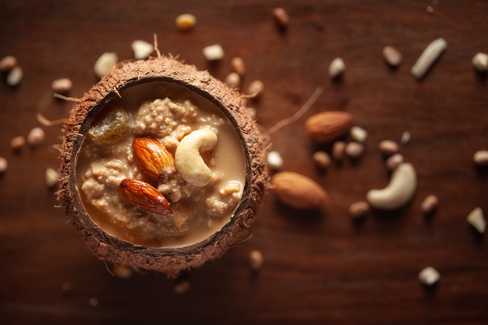
Rice Kheer is a classic, rich dessert that holds a special place in the lineup of Diwali dishes. Made from rice, milk, and sugar, this creamy pudding is flavoured with cardamom and garnished with nuts. It’s a popular choice for festivals and celebrations, offering a comforting and sweet end to any Diwali feast.
Ingredients:
Instructions:
Best Served With:
Rice Kheer is best served warm or chilled, depending on your preference. It pairs wonderfully with crispy treats like Namakpare or Savory Diwali snacks. This traditional dessert also complements other Diwali dishes such as Gulab Jamun or Besan Ladoo, creating the perfect festive spread!
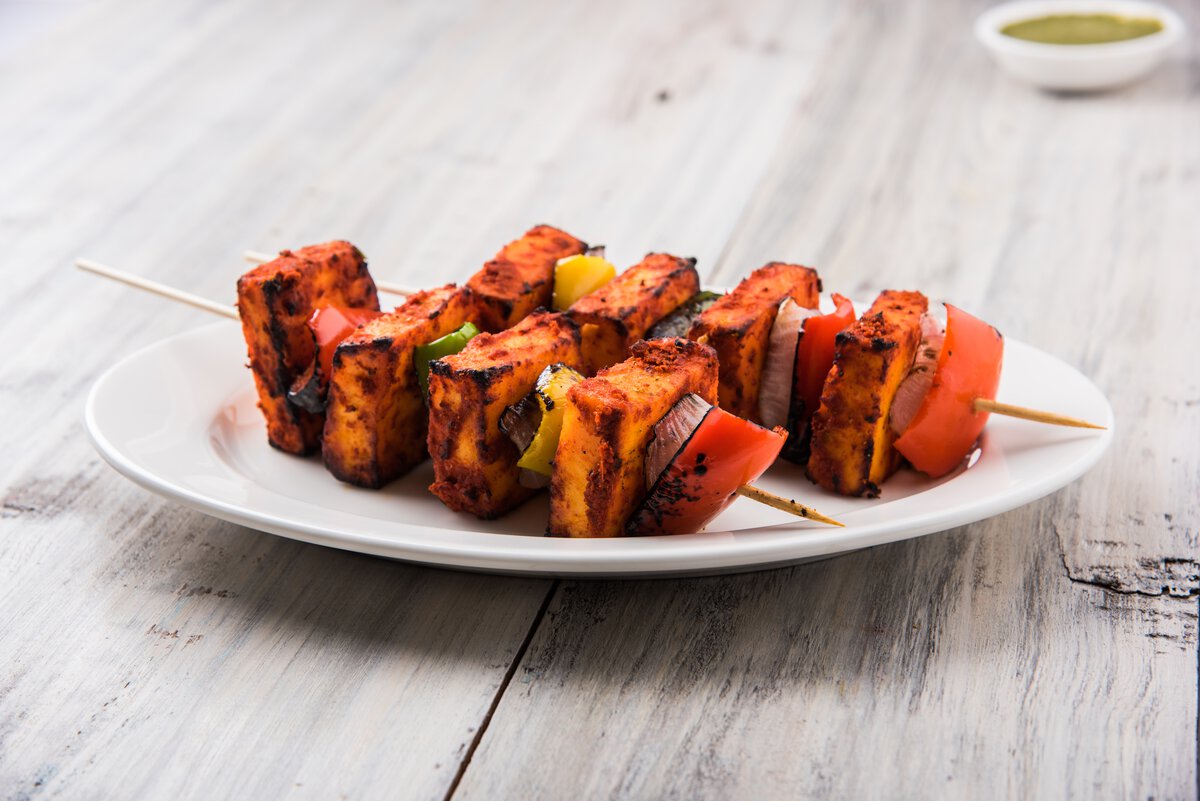
Paneer Tikka is a popular and mouthwatering appetizer often included in Diwali dishes. Marinated in spiced yogurt and grilled to perfection, this dish offers a smoky, rich flavour that makes it an ideal starter for festive gatherings. Its combination of spices and the creamy texture of paneer makes it a crowd-pleaser.
Ingredients:
Instructions:
Best Served With:
Paneer Tikka is best served with mint chutney and lemon wedges for an extra burst of flavour. Pair this smoky, spicy appetizer with a cool glass of lassi or alongside other Diwali dishes like samosas or pakoras for a delicious and balanced festive platter!
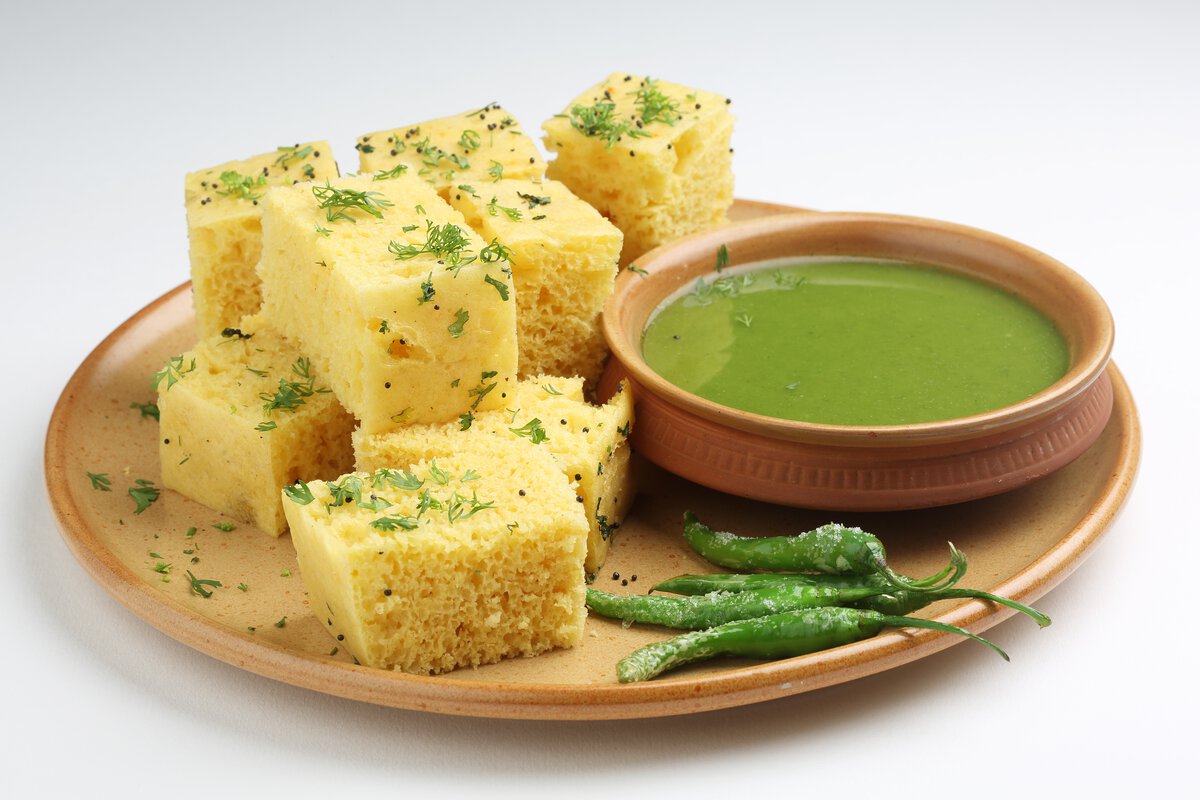
Khaman Dhokla is a Savory, steamed snack that is light, fluffy, and full of flavour, making it a beloved part of traditional Diwali food. Originating from Gujarat, this dish is made from gram flour (besan) and is perfect for serving during Diwali celebrations as a healthy and delicious option.
Ingredients:
For tempering:
Instructions:
Best Served With:
Khaman Dhokla is best served with green chutney or tamarind chutney. This Savory snack pairs wonderfully with a cup of hot tea and complements other traditional Diwali dishes like Chakli or Namakpare for a perfect festive spread.
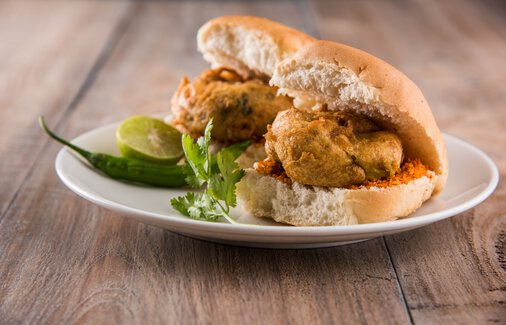
Batata Vada is a popular and delicious street food from Maharashtra that’s also enjoyed as part of Diwali food celebrations. These spiced mashed potato balls are coated in gram flour batter and deep-fried to golden perfection, offering a crispy exterior with a soft, flavourful filling. Batata Vada is a must-have snack for Diwali festivities!
How to Make Batata Vada:
Ingredients:
For the batter:
Instructions:
Best Served With:
Batata Vada is best enjoyed with spicy green chutney or tangy tamarind chutney. It pairs perfectly with a hot cup of masala chai, making it a fantastic addition to any Diwali food platter, alongside other snacks like Samosa and Kachori!
Diwali, the festival of lights, is a time to celebrate with loved ones, and sharing traditional Diwali food is a key part of the festivities. From Savory snacks to indulgent sweets, the variety of Diwali dishes highlights India's rich culinary traditions. Preparing these traditional dishes for Diwali honours age-old customs while making celebrations extra special. These traditional Diwali treats not only bring families together but also create moments of joy. As you plan for Diwali in 2024, make sure to include these must-try dishes in your festive spread! Also, you can enjoy these traditional Diwali dishes at Club Mahindra restaurants, leaving you wanting more.
Khaman Dhokla is a well-loved snack that originated in Gujarat, India. This light and fluffy dish, made from fermented gram flour, is enjoyed not only as a snack but also during festive occasions like Diwali. Its Savory, spongy texture and mild spices make it a favourite across the country.
Club Mahindra offers several stunning resorts in Gujarat, each located in scenic and unique destinations. Here are the top resorts:
Club Mahindra Membership Benefits:
Becoming a Club Mahindra member unlocks exclusive benefits, including access to over 140+ Club Mahindra resorts across India and abroad, such as the beautiful resorts in Gujarat. With a Club Mahindra membership, you can enjoy flexible vacation planning, discounts on dining, activities, spa services, and premium amenities that make each stay comfortable and relaxing. Numerous member reviews highlight the resorts for their exceptional service, welcoming, family-friendly environment, and well-maintained facilities. If you want a Club Mahindra membership and are not sure about which plan to choose, visit our website and talk to our holiday expert!
As the festival of lights brightens your homes, these traditional Diwali delicacies promise to delight your taste buds and hearts. From the sweet Besan Ladoos to the savoury crunch of Namakpare, each recipe offers a taste of India's rich culinary heritage. Embrace the festive spirit by trying these irresistible treats and add a homemade touch to your Diwali celebrations.
Mahindra Holidays & Resorts India Ltd. (MHRIL), a part of Leisure and Hospitality sector of the Mahindra Group, offers quality family holidays primarily through vacation ownership memberships and brings to the industry values such as reliability, trust and customer satisfaction. Started in 1996, the company's flagship brand ‘Club Mahindra’, today has over 290,000 members , who can holiday at 140+ resorts in India and abroad.